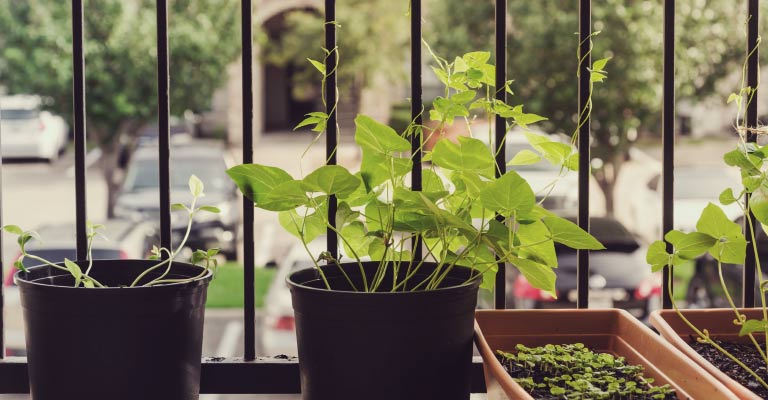Your cart is currently empty!

Tips For Growing Vegetables Indoors

If you haven’t grown your own vegetables indoors in a while, or maybe you’ve never tried it, there are a few tips you can use to get the most out of your efforts. Specifically, you’ll need to know how to adjust the lighting, humidity levels, air circulation and drainage in order to keep the plants growing strong.
Planting old vegetable seeds
Planting old vegetable seeds for indoor growing can be a tricky proposition. Many seed companies offer a wide variety of seeds. The most popular types include corn, beans, peas, and lettuce. You can also get your hands on heirloom seeds, hybrid seeds, and organic seeds. In order to keep your seeds viable, you need to follow a few simple steps.
First, you want to make sure that your seeds are stored properly. This includes making sure that they are in a cool, dry place. Your best bet is to store them in a produce drawer. They’re also best kept in a sealed plastic bag, along with a desiccant packet.
Next, you’ll need to test their viability. Doing so is the only way to know for sure if your old seeds are up to par. If they have signs of mold, they should be tossed as a whole.
Soil and growing medium options
If you’re growing vegetables indoors, you need to be sure you choose the best soil and growing medium for your plants. Indoor gardens benefit from a good planting medium because it helps provide nutrients throughout the growth cycle. You can choose from several options when it comes to deciding on your planting medium.
Potting soil is one of the most popular choices for gardeners. It’s available at many nurseries and garden centers. The material is usually made from peat moss, pine bark, or other organic materials.
Potting soil contains beneficial microbes and other organisms that help plants grow. However, it can also harbor disease-causing fungi and weed seeds. To avoid these problems, you can choose a soilless growing medium.
Soilless potting mixes are often mixed with compost, fertilizer, and other additives. Because they are lightweight, they make it easy to care for your plants. They’re also less likely to be affected by pests and soil-borne diseases.
Drainage
Getting proper drainage when growing vegetables indoors is the best way to guarantee success. It’s no secret that the indoors environment is far from ideal for the plant, so you should try and minimize any damage to the roots. Luckily, a container that’s the right size and a little extra oomph at the top can help.
It’s important to understand that a pot full of water will not only dry out the roots, but it can also kill your plant. In order to prevent this, you should keep the soil at least 2 inches below the rim of the pot. If possible, cover the hole with a cloth, as this will catch any excess moisture and help keep your plant’s roots in tact.
Humidity levels
When you are growing vegetables indoors, you need to keep your humidity levels in check. Humidity can cause damage to your plants. It affects their ability to absorb nutrients. In addition, low humidity creates a perfect environment for disease and pests.
Many people are not aware of the importance of humidity. Whether you’re new to gardening or an experienced grower, it’s important to know how to improve humidity levels.
The amount of water vapour in the air is a measure of humidity. However, the level of humidity that is comfortable to you and your plants depends on your temperature and the type of plants you’re growing.
Generally speaking, houseplants should have between 40-60% relative humidity. Some plant species require higher humidity. For example, cacti can tolerate a lower level of humidity.
Air circulation
Proper air circulation when growing vegetables indoors is a crucial part of keeping your crop happy and healthy. This can help to prevent fungal infections, bacterial diseases and even insect problems. With the proper ventilation system in place, your plants can take in more nutrients and dispense more waste. You can also avoid the dreaded suffocation that occurs when excess moisture builds up around your plants’ roots.
There are a number of tricks to getting a great airflow. One such trick is using several fans to cover large areas. To ensure full coverage, you can use the following:
A good ventilation system will wick away any water released during transpiration. It is also best to avoid placing mature plants next to other plants that are likely to compete for resources.
by
Tags: